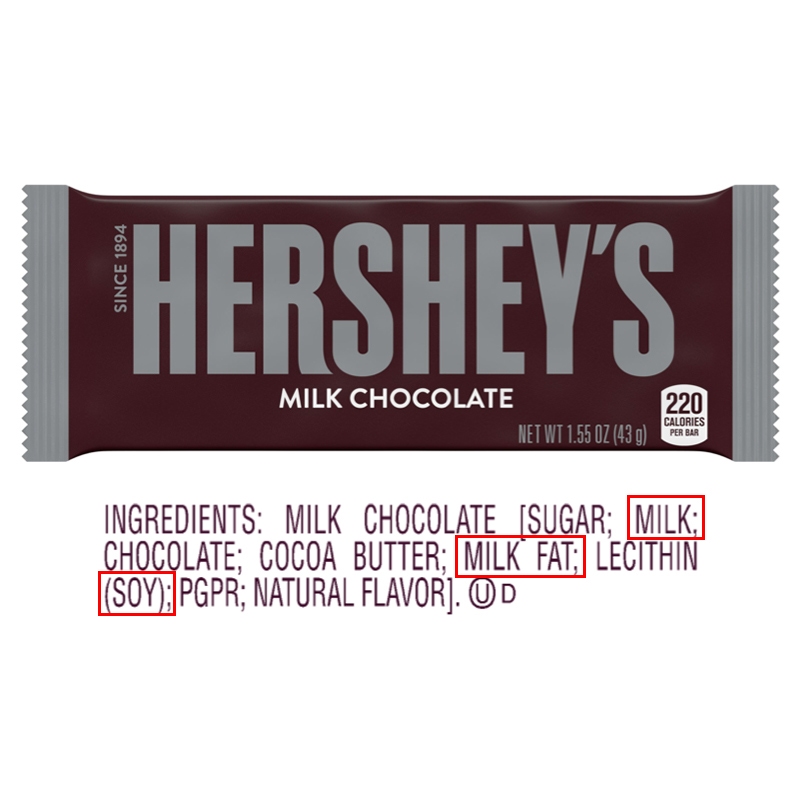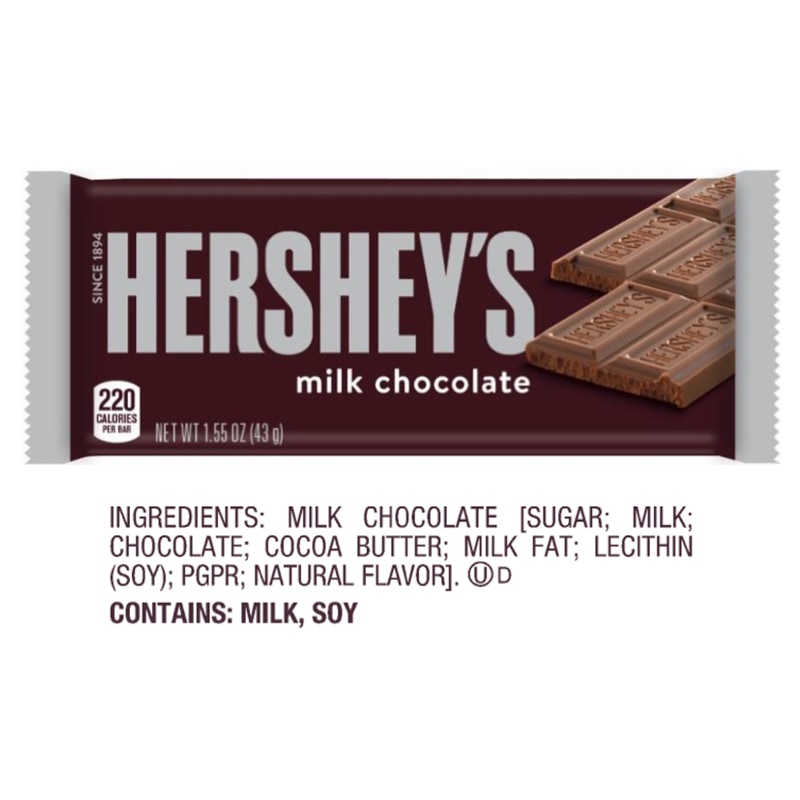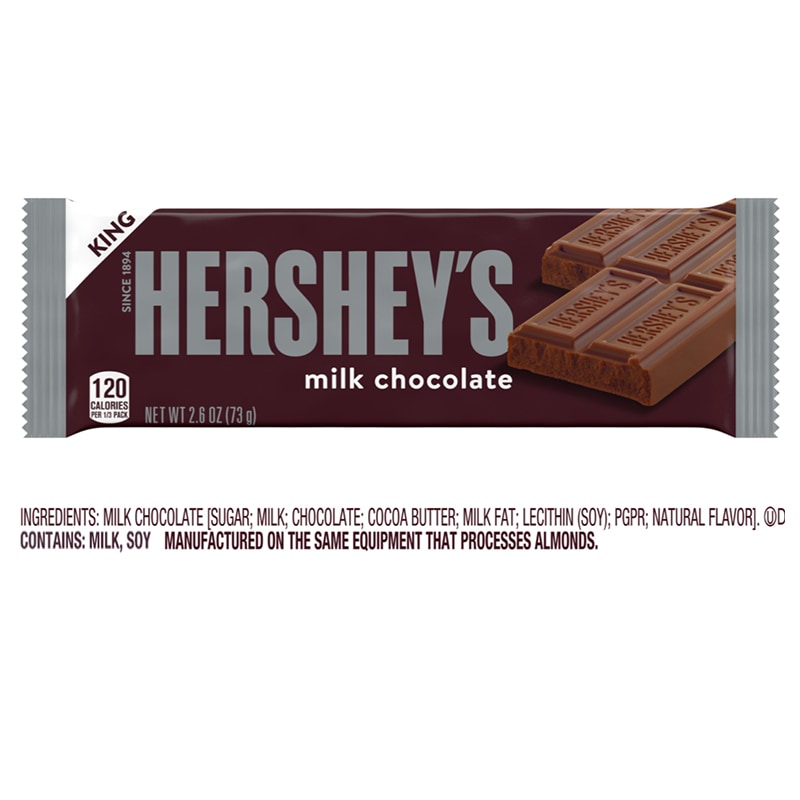Allergens
We understand that it's sometimes difficult to make informed choices when shopping with an allergen or food sensitivity in mind.
The best way to determine if a product contains an allergenic ingredient is to read our product label. When a product contains a major allergen, it is listed as an ingredient—the label includes an accurate, current listing of ingredients in the product.
As a company, we have strict procedures in place to prevent crossover of allergens into other products that do not contain the allergen. In instances where we have a concern about possible cross contact of an allergen, we will include precautionary allergen labeling, such as "Manufactured on the same equipment that processes..."

Example of a product that contains an allegen(s) but the label has not been updated to include the contains statement (i.e. if you do not see a contains statement, please read the ingredient statement). In this case, the allergens are found by their common name within the ingredient statement.

Example of a product where the label has been updated to include the contains statement. In this case, the ingredients will continue to be found by their common name in the ingredient statement but will also be repeated in the contains statement.

Example of a product where the label contains precautionary allergen information for an allergen(s) that is not an ingredient in the product. The king size has precautionary allergen labeling for shared equipment with almonds, whereas the standard size above does not share equipment with almonds.